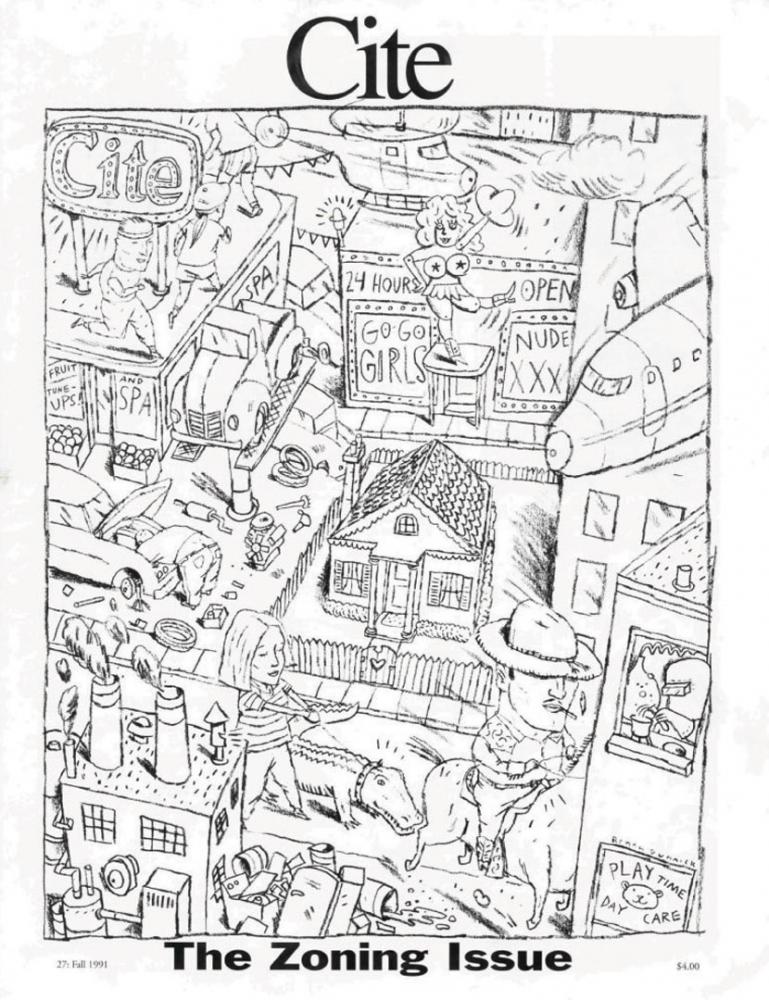Table of Contents
Contributors
James B. Blackburn, Jr.; Stuart Brodsky; Tom Curtis; David Dillon; Margie Elliott; Laura Furman; Archie Henderson; Stephen Klinebert; Peter Flagg Maxson; O. Jack Mitchell; John Mixon; Gerald Moorehead; William Sherman; William F. Stern; Rives Taylor; and Drexel Turner.


